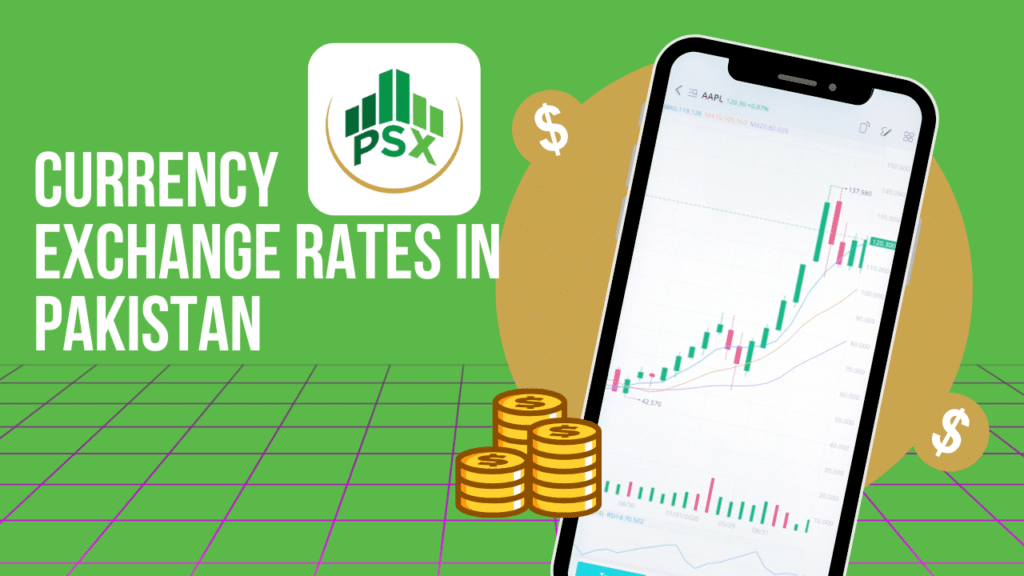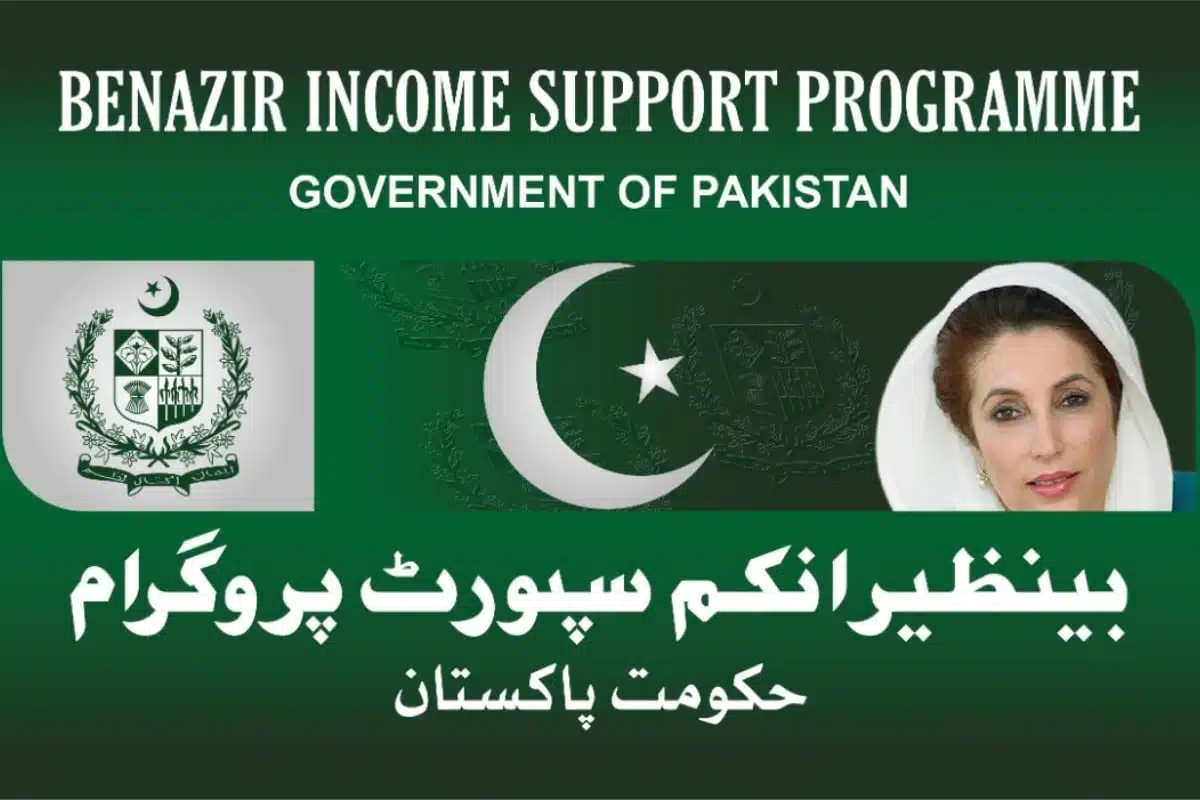Insights into Forex and Its Impact on Citizens
Introduction
Currency exchange rates play a crucial role in shaping the economic landscape of any country. In Pakistan, fluctuating exchange rates directly affect various aspects of everyday life, from the price of essential goods to investment opportunities. This article explores how forex movements impact citizens and why understanding exchange rates is essential for financial planning.
What Are Currency Exchange Rates?
Currency exchange rates determine the value of one currency in relation to another. For example, if 1 USD equals 280 PKR, this means you need 280 Pakistani Rupees to purchase 1 US Dollar. These rates are influenced by several factors, including:
- Supply and Demand: Increased demand for foreign currency raises its value.
- Trade Balance: Countries with higher exports usually have stronger currencies.
- Political Stability: Uncertainty in governance often weakens a nation’s currency.
Key Ways Currency Exchange Rates Impact Everyday Life
1. Cost of Imported Goods
Pakistan relies on imports for essential commodities like fuel, machinery, and consumer goods. When the value of the Pakistani Rupee (PKR) depreciates:
- Fuel Prices: A weaker PKR makes crude oil imports more expensive, leading to higher fuel costs.
- Electronics and Machinery: Imported items like mobile phones, computers, and cars become more expensive for consumers.
Impact on Citizens:
Higher import costs contribute to inflation, increasing the prices of basic necessities and reducing purchasing power.
2. Travel Expenses
For Pakistanis traveling abroad, a weak PKR directly increases the cost of foreign travel.
- Flight Tickets: Airlines adjust ticket prices based on forex rates.
- Accommodation and Spending: Foreign currency becomes costlier, reducing travel budgets.
3. Education Abroad
Studying in foreign countries like the US, UK, or Canada is heavily influenced by exchange rates. Tuition fees and living expenses rise significantly when the PKR weakens.
Impact on Families:
Parents must allocate larger budgets for remittances, increasing financial strain.
4. Remittances from Overseas Pakistanis
Approximately 9 million Pakistanis work abroad and send remittances back home. When the PKR depreciates:
- Positive Impact: Families receiving remittances in foreign currency benefit from higher PKR conversions.
- Negative Impact: Inflation offsets these gains by raising local living costs.
5. Export Opportunities
A weaker PKR can benefit exporters by making Pakistani goods cheaper in international markets.
- Textile Industry: Pakistan’s textile exports become more competitive globally, driving economic growth.
- Rice and Agriculture: Exporters of agricultural products benefit from favorable rates.
Impact on Economy:
Increased exports boost foreign exchange reserves, potentially stabilizing the currency in the long term.
How Citizens Can Adapt to Forex Changes
- Budgeting for Inflation:
Citizens should account for rising prices when the PKR weakens and adjust their spending habits accordingly. - Invest in Foreign Currency:
Investing in stable currencies like USD or EUR can protect savings against PKR depreciation. - Educate Yourself:
Understanding forex trends helps individuals make informed decisions about travel, education, and investments.
Government Measures to Address Forex Volatility
The government of Pakistan and the State Bank of Pakistan (SBP) implement various strategies to stabilize the exchange rate:
- Foreign Reserves Management: Increasing reserves to stabilize the PKR.
- Trade Policies: Encouraging exports and reducing reliance on imports.
- Monetary Policies: Adjusting interest rates to attract foreign investments.
Conclusion
Currency exchange rates are not just numbers; they directly impact the lives of Pakistani citizens in multiple ways. From the cost of living to education and travel, forex movements shape financial decisions daily. By staying informed and planning ahead, individuals can better navigate the challenges posed by fluctuating exchange rates.







